5 Unspoken Problems To Consider Before You Buy A Mega Development Condo
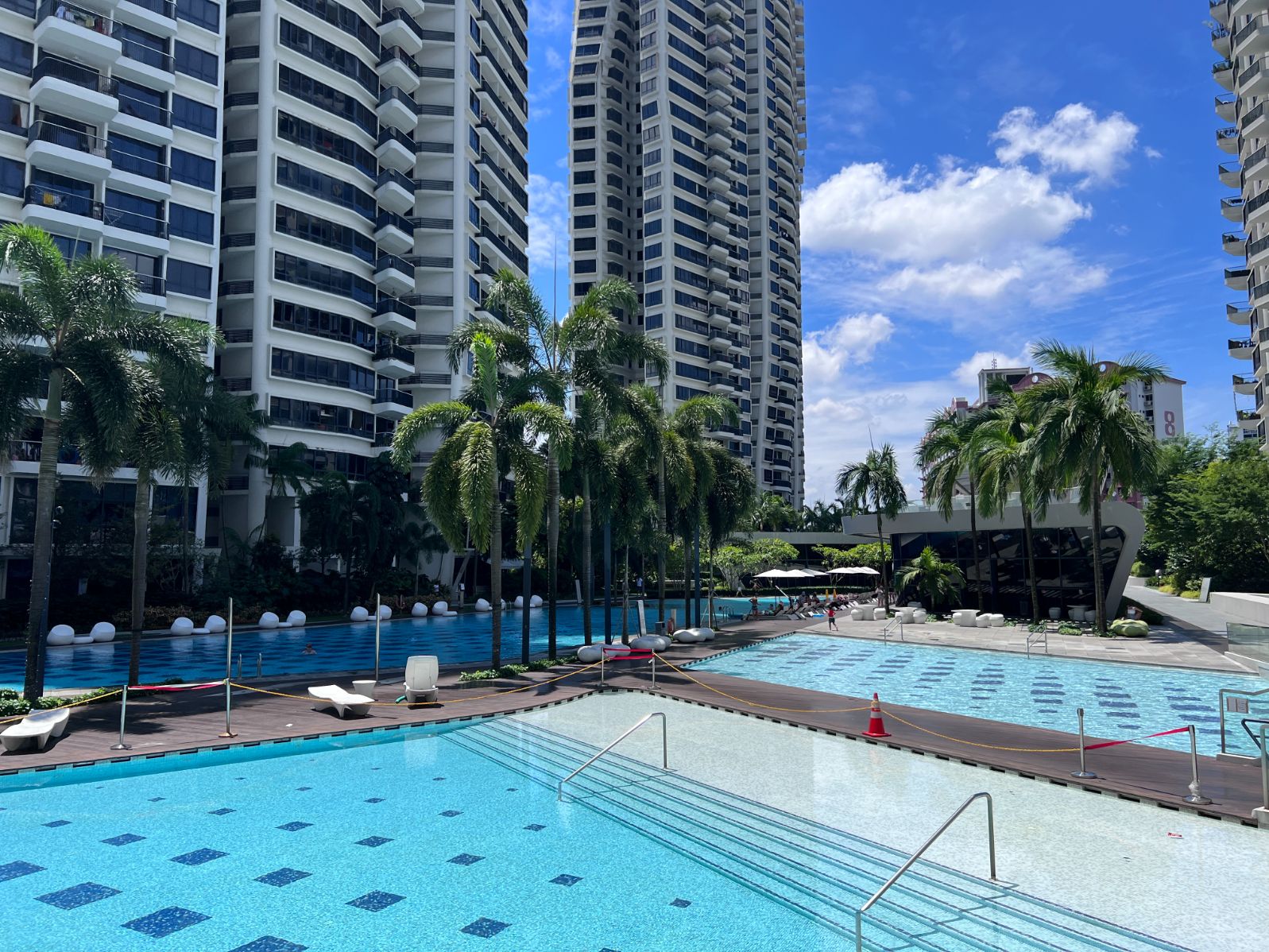
Get The Property Insights Serious Buyers Read First: Join 50,000+ readers who rely on our weekly breakdowns of Singapore’s property market.
A seasoned content strategist with over 17 years in the real estate and financial journalism sectors, Ryan has built a reputation for transforming complex industry jargon into accessible knowledge. With a track record of writing and editing for leading financial platforms and publications, Ryan's expertise has been recognised across various media outlets. His role as a former content editor for 99.co and a co-host for CNA 938's Open House programme underscores his commitment to providing valuable insights into the property market.
In the world of mega-developments, the oft-repeated concern is the ‘lack of privacy.’ However, this barely scratches the surface of potential issues. Marketing materials and real estate agents, wary of upsetting developers and sellers, typically avoid delving into these deeper challenges. Yet, it’s crucial to understand that ‘lack of privacy’ is just the tip of the iceberg.
Consider the daily realities of living in a high-density condominium. Booking amenities like the gym or BBQ pit can become a logistical nightmare, especially on weekends or holidays when demand peaks. This is just one of the many real concerns you should be aware of before buying into a high-unit-count condo. Let’s explore these issues in detail, providing you with a comprehensive understanding of what to expect:
What’s considered a big or mega-development?
Mega-development is a term generally used for projects with 1,000 units or more; but practically speaking, projects with close to a 1,000 units (e.g., 900 units) tend to suffer from the same general issues. A “big” project today usually refers to something in the range of 700 to 800+ units.
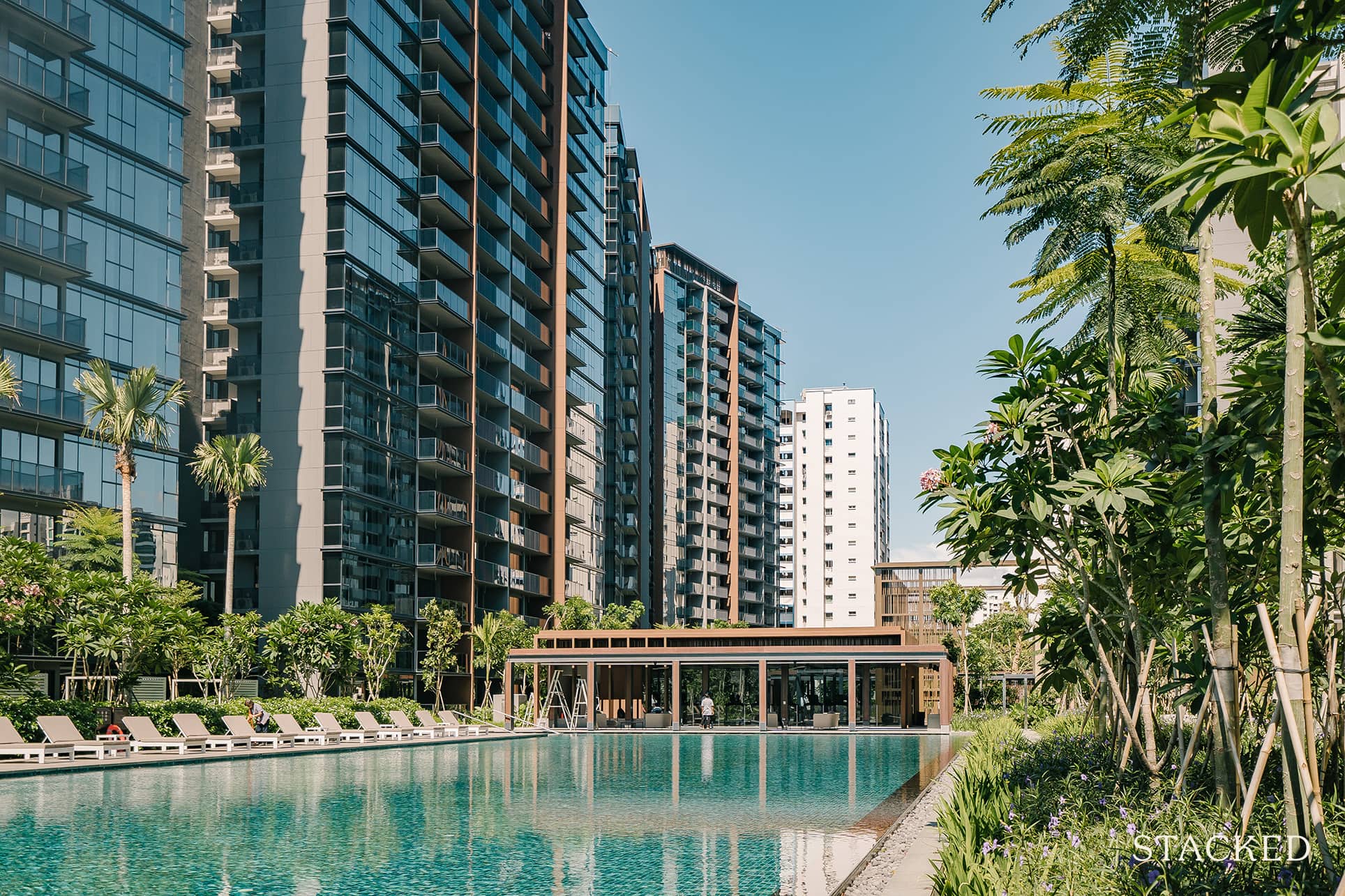
Here are some issues you’ll often encounter in these projects:
1. Someone, somewhere, is always renovating or moving
When there are hundreds of units in a single block, there’s a high chance that – any month of the year – someone is renovating. And when it comes to tenants, odds are someone is always moving in or out.
(In case you’re thinking it, yes, this is why some buyers avoid blocks or projects with lots of shoebox units. They expect residents to be mainly tenants, who are moving in and out all the time.)
The first issue here is noise. Depending on how the project is built, you may hear the banging and scraping from as high as two levels up, not just from your neigbouring unit. This may be especially annoying if you are working from home, or you have a new born that still has to sleep multiple times a day.
The second issue is the waiting time for the lift. Contractors and movers might monopolise one of the lifts, depending on how much work they have to do. And if there are multiple units being renovated in the same block (or multiple tenants moving in or out), they can end up taking over one of the lifts till the end of the day.
Now some condo projects only have two lifts per block – so if one is blocked off for movers and renovators, there may be hundreds of households all cramming into the one available lift. And just a little reminder: food delivery people, couriers, and the cleaners are using that lift too.
So if the condo has a high-unit count, and too few lifts per block, that may be a good reason to pick a lower-floor unit.
2. Some property agents may be hesitant about taking on your listing
Most property agents will take your rental or sale listing out of professionalism. But that said, a fair few have admitted an aversion to mega-developments, because of the level of competition involved.
Most buyers these days view listings on property portals. Agents pay a fee to list on the portals, but there are added costs for boosting a listing. Much like online advertising, you pay to have your listing appear at the very top.
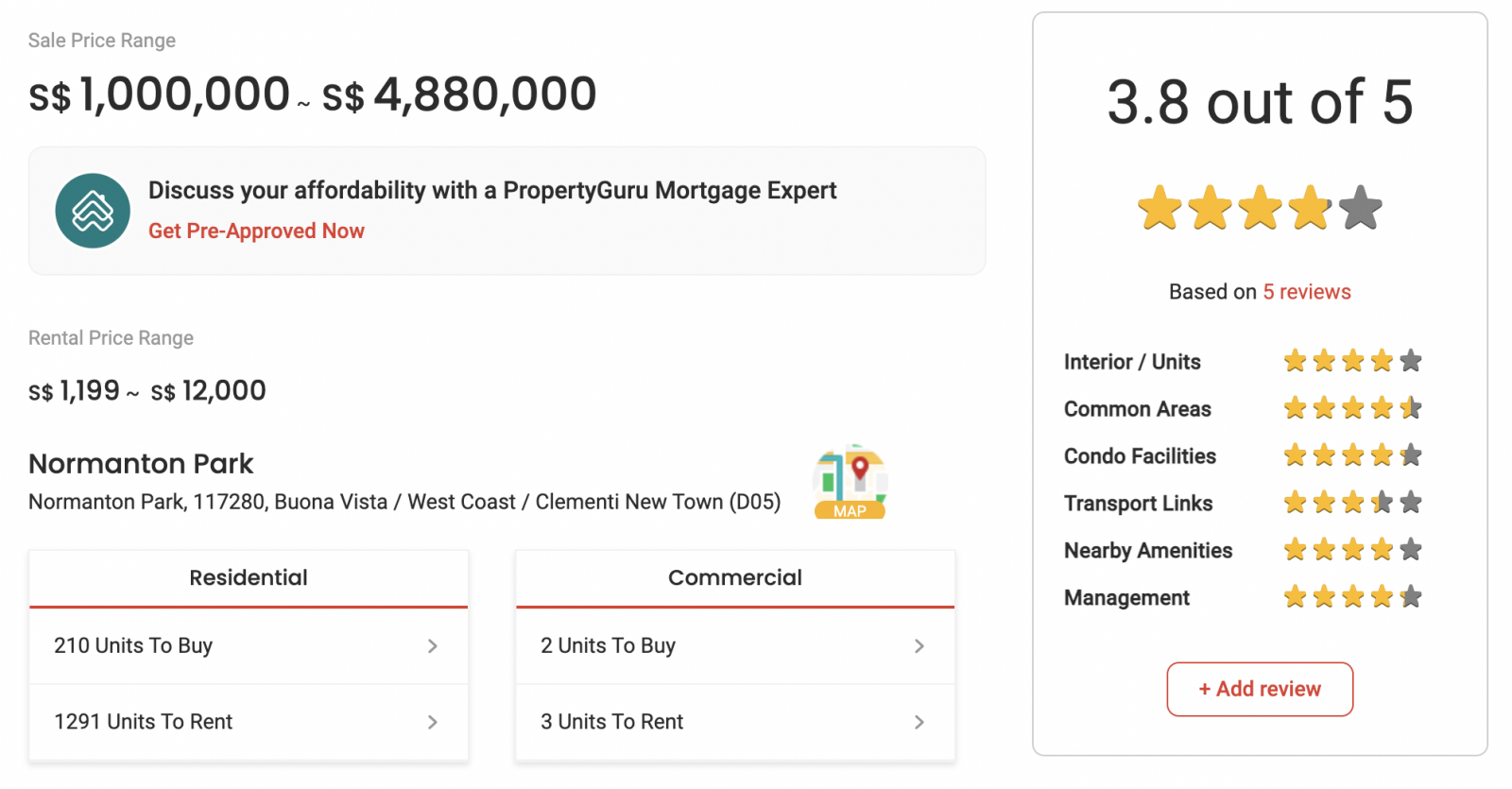
For small projects, not much boosting is required. If your condo has only 20 units, then chances are your listing is the only one there at the time. But if your condo has 1,000+ units, and at any point in the year there are 40 or 50 listings… well, you can see where we’re going with this.
This gets worse if you’re renting out a unit, as commissions for finding tenants are much lower compared to sales, but it takes almost the same amount of effort and cost.
So while most agents are professional enough to take the job anyway, we wonder if you’ll lose out on the more talented help; or if you’ll find your listing on an agent’s backburner, because of how much more challenging it is.
3. Be ready to rush for the shuttle bus
Hopefully, your project is within walking distance of an MRT station or convenient bus stop. If it’s not, you may have to rely on shuttle bus services; and then you’d best hope the transport provider uses a bigger bus, or has more frequent services.

During the morning rush, it’s unlikely that everyone taking the shuttle to Shenton Way, Raffles Place, the nearest MRT station, etc. will fit in at one go; not when there are potentially hundreds of residents who need the service, all at the same time. Just like an overly-packed train, you may have to wait for a second or, in extreme cases, a third time for your transport to come around.
We’ve met owners of mega-developments who simply give up and cycle to the train station, or leave extra early to walk there.
4. It’s not just about the pool, it’s also about the pool-related facilities
The usual questions when it comes to the pool(s) are “Is it big enough for so many residents?” or “Are there enough pools for such a big condo?”
Those are perfectly valid questions to which the answer is yes, because developers are sensitive to it (tennis courts are another issue). But the facilities related to the pool, such as the changing rooms and showers, are often overlooked.
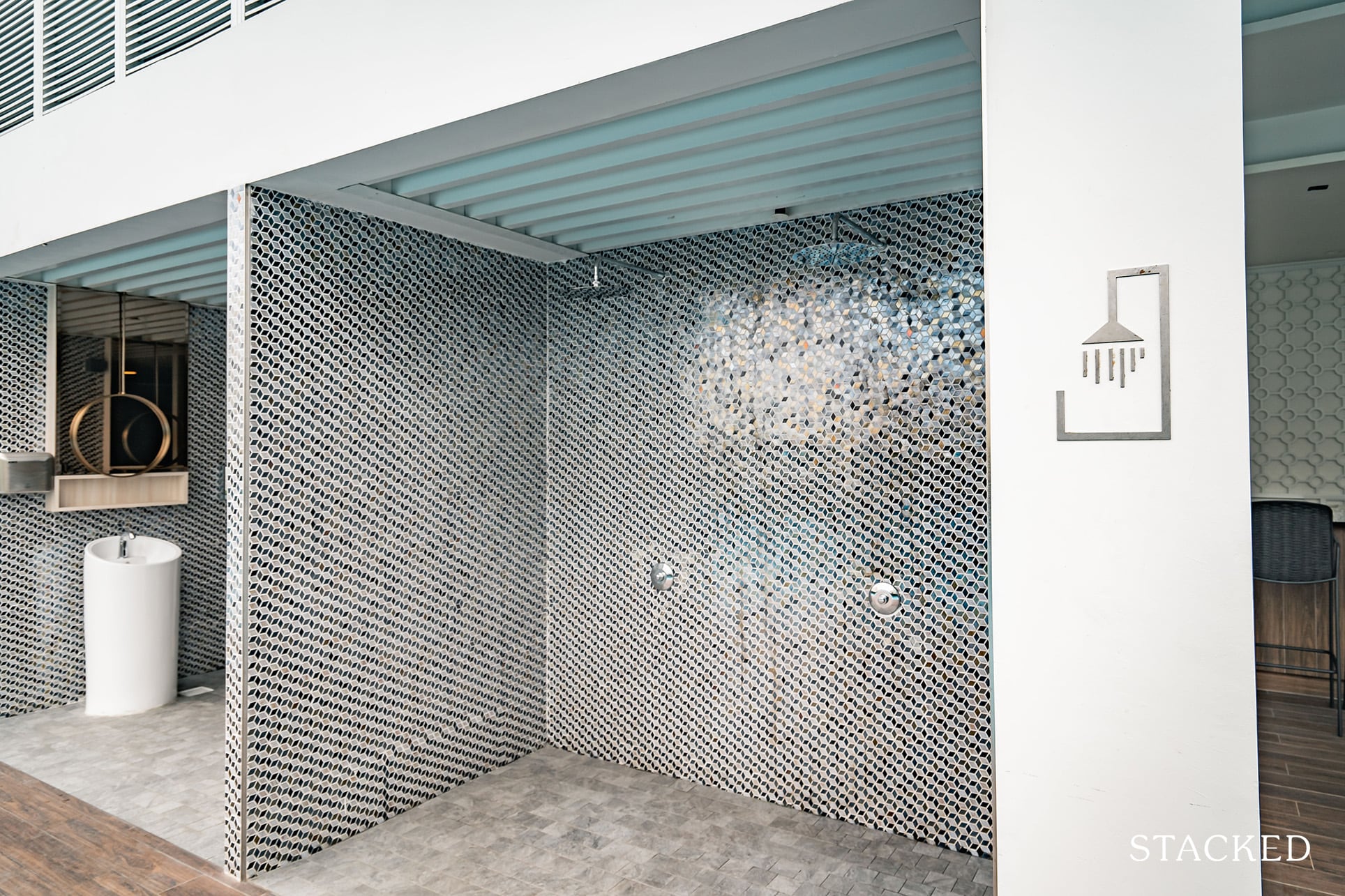
In big or mega-developments, you’ll sometimes find a long line to the showers or changing rooms. Quite often, residents give up and head back upstairs, to their own homes. If this were just a handful of people per block, this isn’t too big a problem. But when there’s a lot of people doing it, there’s practically a parade of toweled, half-dried bodies getting in and out the lift; and leaving a wet trail in the lobby as they do it.
This can mean sloshing your way into a wet lift that reeks of chlorine, and is extra slippery to boot.
There’s also the issue of poolside facilities. You need to rush down early on weekends or public holidays, if you want to secure a decent spot with a deckchair and umbrella. There’s enough room in the pool, but there’s rarely enough poolside chairs and ‘brollies. This happens even in mid-sized condos, let alone 1,000+ unit projects.
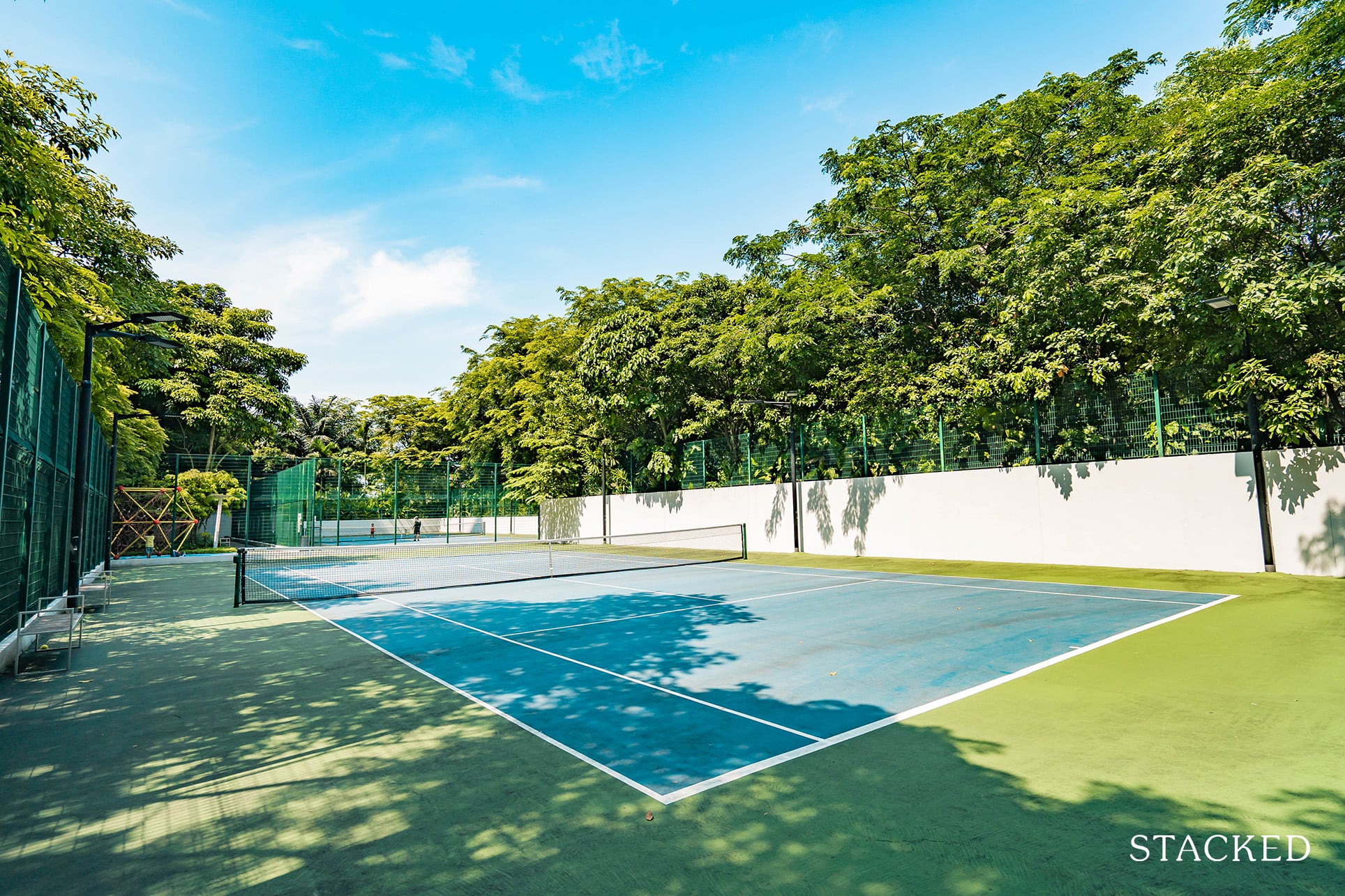
Homeowner StoriesI Regret Buying A Mega-Development: 7 Homeowners Share Their Biggest Regrets
by Ryan J. Ong5. En-bloc problems are a serious concern
It’s widely known that the size of bigger projects is tough for collective sales. Developers have a five-year time limit to complete and sell every unit, so bigger condos only see collective sales at the height of developer confidence. But what’s less often discussed is how tough it is to get consensus, when so many households are involved.
Part of the reason boutique projects (50 units or less) can go en-bloc so fast isn’t just their land size and cost. It’s because it’s easy to secure consensus from a smaller group of people; and the owners are likely also of the same mindset and demographic.
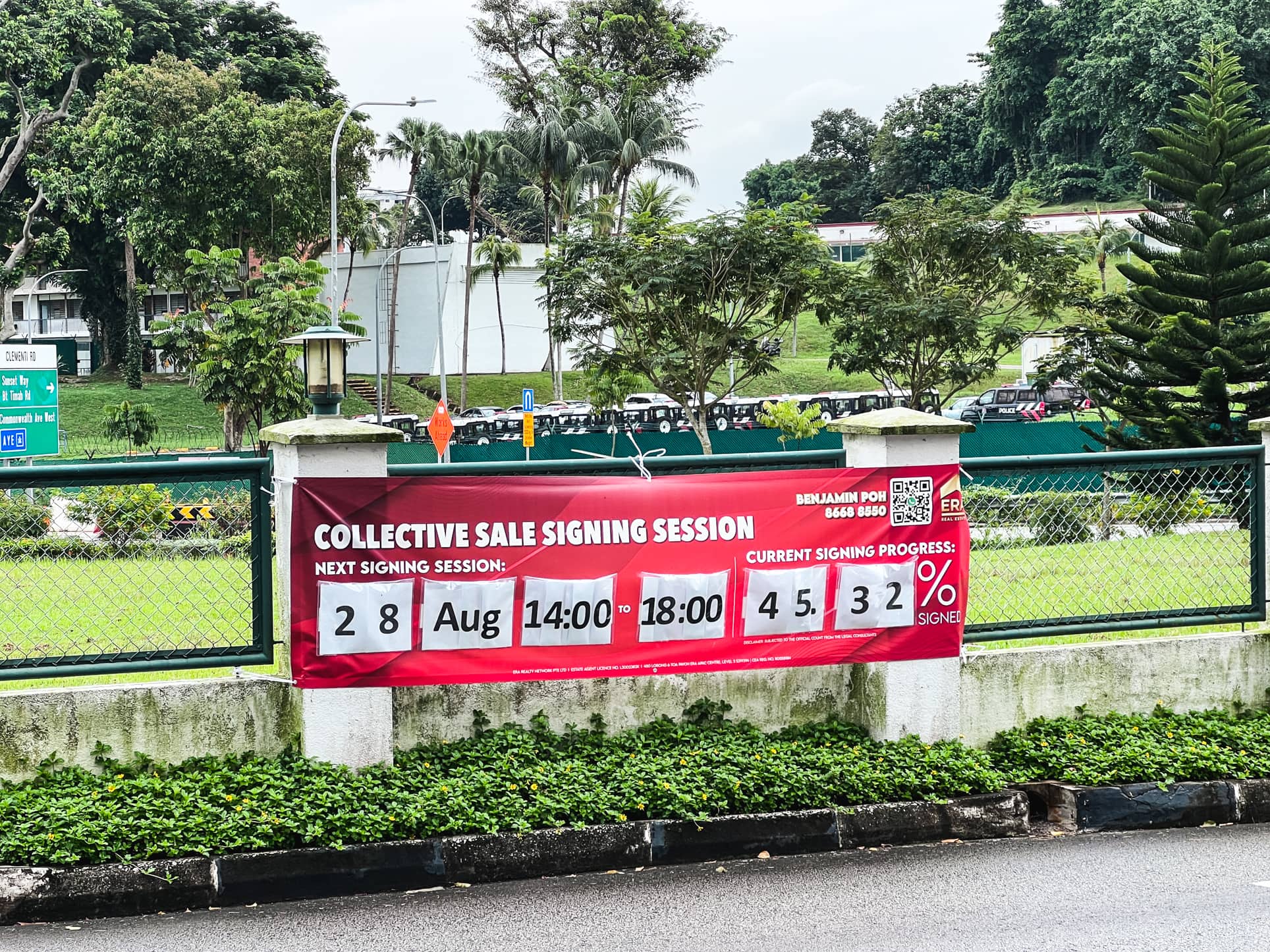
But when you have a big or mega-development, owners hail from a much wider range of demographics, and have a bigger variety of purposes. There are more elderly owners who don’t want to move at their stage in life. There are owners who are currently cash-strapped and would have financing issues. There are landlords who don’t want to pay 20 per cent ABSD for a replacement property, and the occasional foreigner who – if their unit went en-bloc today, would pay 60 per cent ABSD for a replacement unit.
As Mandarin Gardens’ repeated failed en-blocs show, it’s tough to push through a collective sale when so many units are involved; even during a period of en-bloc fever. As such, we wouldn’t ever count on an en-bloc for such big properties; not barring significant rule changes in the future.
This isn’t to say all big or mega-developments are bad
These properties have advantages of their own (more lavish facilities, lower costs and maintenance fees, wider landscaped areas, etc.) There’s also no argument that architectural ingenuity and good condo management can mitigate many of the above factors.
Our point is just that “less privacy” is a big understatement, in describing the potential drawbacks; and buyers should carefully weigh the impact on their lifestyle, if they encounter the worst of the above.
For more insights on the Singapore property market, or an in-depth look at new and resale mega-developments, follow us on Stacked. If you’d like to get in touch for a more in-depth consultation, you can do so here.
Have a real estate question, or not sure what your options are? Email us at stories@stackedhomes.com.
Ryan J. Ong
A seasoned content strategist with over 17 years in the real estate and financial journalism sectors, Ryan has built a reputation for transforming complex industry jargon into accessible knowledge. With a track record of writing and editing for leading financial platforms and publications, Ryan's expertise has been recognised across various media outlets. His role as a former content editor for 99.co and a co-host for CNA 938's Open House programme underscores his commitment to providing valuable insights into the property market.Read next from Property Advice

Property Advice Should We Buy An Old 99-Year Leasehold Condo To Live In: Will It’s Value Fall When The Lease Runs Out?

Property Advice We Own A $800K 1-Bedder And A $1.1M 3-Bedder: Is It Possible To Upgrade To A 4-Bedder Condo?

Property Advice I Own A 55-Year-Old HDB Flat, But May Have To Sell — Can I Realistically Buy A Freehold Condo With $700K?

Property Advice We Own A 2-Bedder Condo In Clementi: Should We Decouple To Buy A Resale 3 Bedder Or Sell?
Latest Posts

On The Market Here Are The Cheapest 4-Room HDB Flats in Central Singapore You Can Still Buy From $490K

Pro How A Once “Ulu” Condo Launched In 1997 Became A Top Performer

Editor's Pick I Reviewed A New Launch 4-Bedroom Penthouse At Beauty World

Property Market Commentary When Renting In Singapore Is The Smarter Move — And Buying Can Wait

Editor's Pick Why Singaporean Families Are Looking At This Landed Enclave From Around $4M

Singapore Property News Lentor’s First Condo Is Complete — The Early Profits May Surprise You

Editor's Pick A Wave Of New HDB Resale Supply Is Coming In 2026: Here’s Where To Find Them

On The Market These Are Some Of The Cheapest 5-Room HDB Flats Left In Central Singapore

Pro This 698-Unit Ang Mo Kio Condo Launched At The Wrong Time — And Still Outperformed Peers

Singapore Property News $281.2M in Singapore Shophouse Deals in 2H2025 — But That Number Doesn’t Tell the Full Story

Property Market Commentary 5 Key Features Buyers Should Expect in 2026 New Launch Condos

Editor's Pick What “Lucky” Singaporean Homebuyers Used To Get Away With — That You Can’t Today

Property Investment Insights These Resale Condos In Singapore Were The Top Performers In 2025 — And Not All Were Obvious Winners

Singapore Property News CapitaLand–UOL’s $1.5 Billion Hougang Central Bid May Put Future Prices Above $2,500 PSF

Singapore Property News Why New Condo Sales Fell 87% In November (And Why It’s Not a Red Flag)


